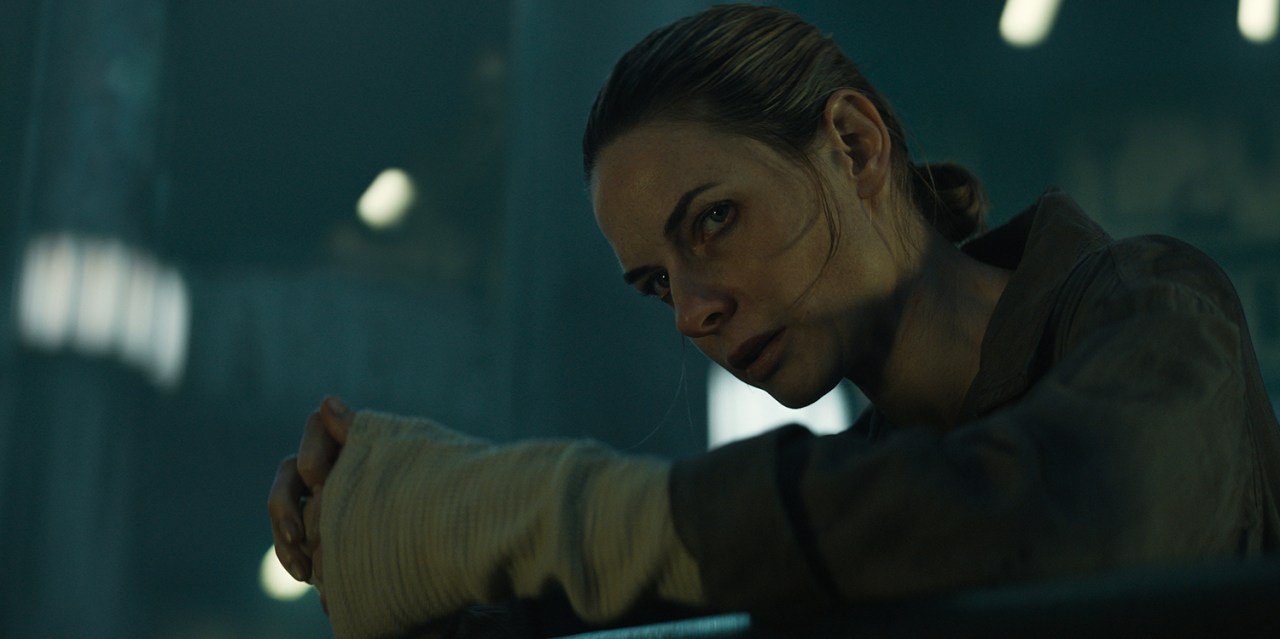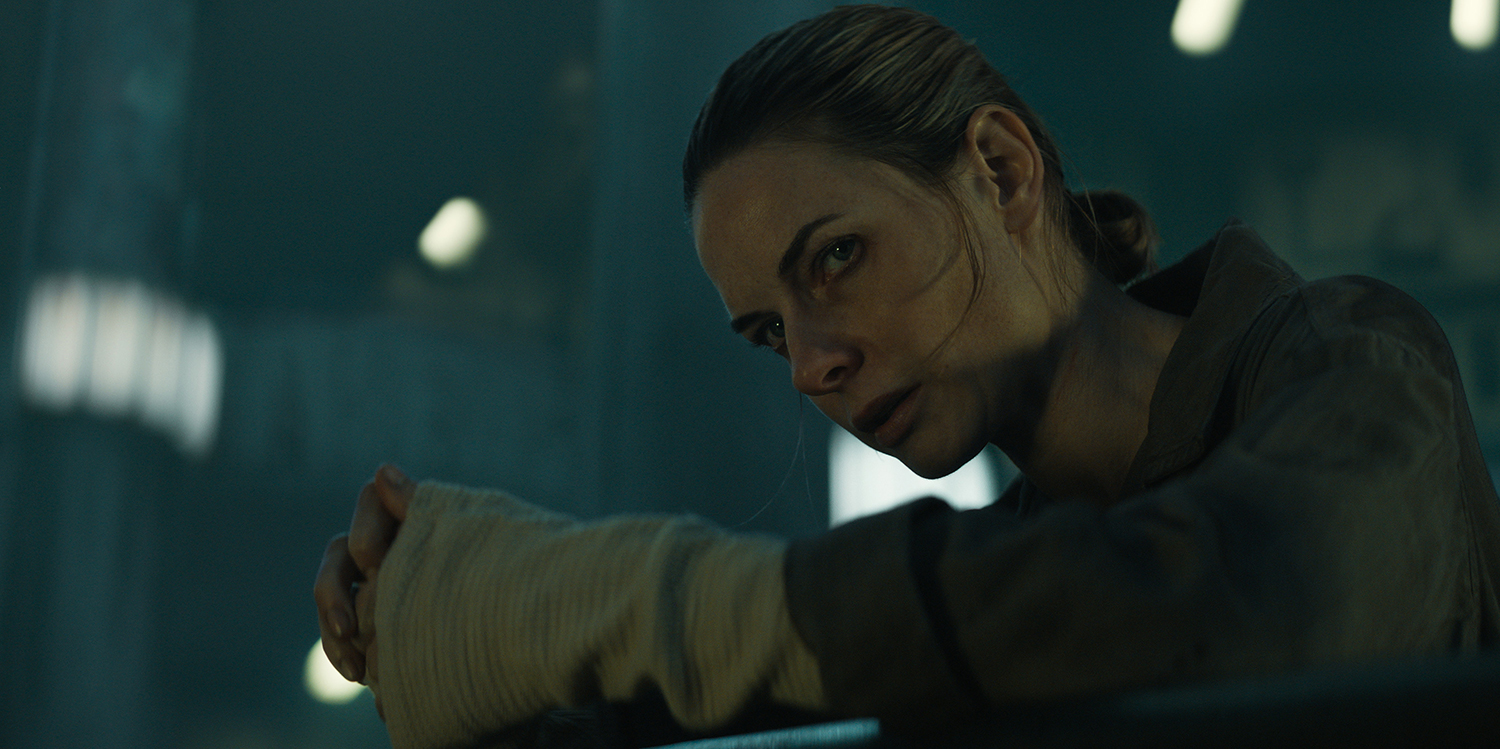Back once more to our favourite unhappy place: the dystopian future. And yet again it seems that the authorities have been lying to us about the true nature of reality. This time – in Silo – the lie concerns the nature of the world outside the enormous silo in which our heroes and about 10,000 other survivors have been hiding for the past 100-odd years since some nameless apocalypse. Is it really as dangerous as the Powers That Be say? Or is this an illusion, maintained over a century of relentless official propaganda, designed to keep the enclosed populace frightened and in check?
Silo began life in 2011 as a self-published short story by Hugh Howey – called Wool, not Silo – which he put out through Amazon’s Kindle Direct. But his writing proved so popular that he landed a $500,000 print deal, as well, of course, as selling the film rights, which led to this all-star TV adaptation.
Is this Benny Hill-style slapstick or the Tokyo equivalent of Our Friends in the North social realism?
‘The books are SO much better,’ I’m informed by someone who has read them. Well, of course they are. When was this ever not the case? Perhaps you should read them first, but if you haven’t the time or patience I’d say you’ll find the TV version more than intriguing, well-acted and well-realised enough to merit your commitment.
Sure, there are one or two mildly irksome wokeries, such as the implausibility of the main female character, Juliette Nichols. Because of her amazing mechanical skills and physical prowess, Juliette works with the horny-handed sons of toil at the bottom of the silo, where her special task is to maintain the giant turbine on which everyone’s life depends. If such a woman existed in this or any other reality, I imagine she would resemble a Bulgarian shot-putter.









Comments
Join the debate for just £1 a month
Be part of the conversation with other Spectator readers by getting your first three months for £3.
UNLOCK ACCESS Just £1 a monthAlready a subscriber? Log in